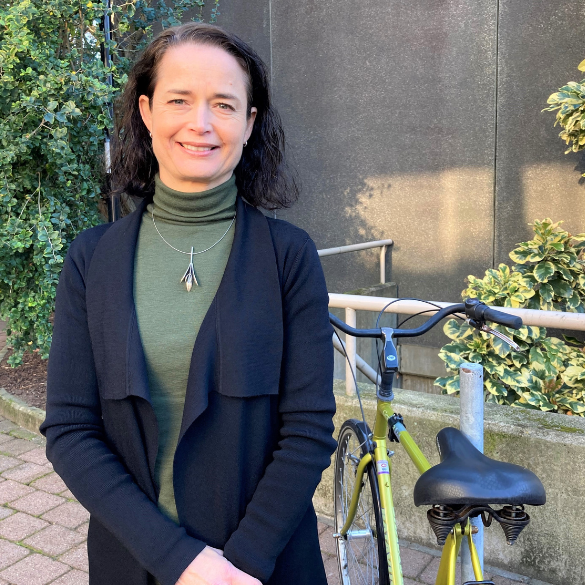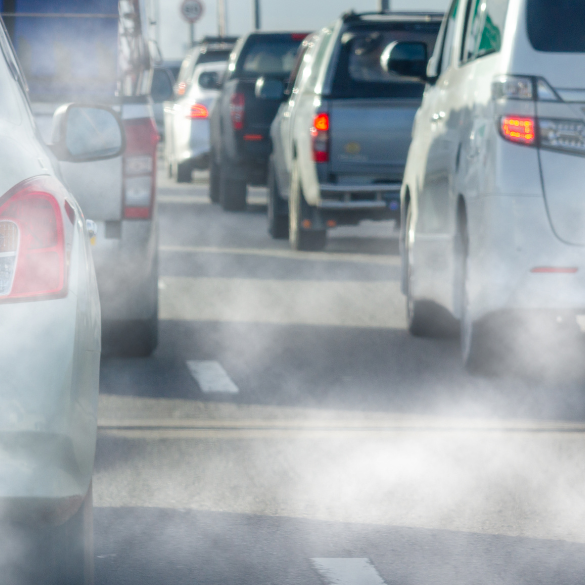In many ways, driving is the unhealthiest way of commuting. It’s sedentary, while even taking public transit requires people to walk, sometimes run, to the nearest stop. It’s bad for the planet. But ironically, compared to people cycling, walking or e-scootering along the same busy roads, drivers are somewhat protected from the large amount of emissions their cars produce. Something needs to be done about that, says Associate Professor Kim Dirks of the University of Auckland.
Dirks is a member of the Department of Civil and Environmental Engineering, but she got there through a circuitous route. Originally trained in physics and meteorology, she focused on air pollution modelling for her PhD. Then she took a job at the University of Auckland’s Faculty of Medical and Health Sciences and turned to researching the population health impacts of air pollution.
The more Dirks learned, the more she realised the important role urban infrastructure plays.

